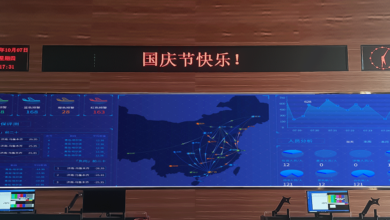What Factors Are Shaping the Sensex Trends, and What Insights Do They Offer for Investors?
India’s benchmark stock market index is the BSE Sensex. It monitors the performance of thirty sizable, openly traded businesses that are listed on the Bombay Stock Exchange (BSE). The Sensex, which is the biggest stock exchange in India in terms of total market capitalization, is closely watched by investors from both home and abroad as a gauge of the country’s stock market and economy.
Several geopolitical and macroeconomic variables influence both short- and long-term patterns in the Sensex. Investors might benefit greatly from knowing these characteristics and how they affect the companies that make up the Sensex. This post explores the ramifications of analyzing some of the major elements presently driving the Sensex.
Trade Relations and Global Economic Growth
India is an open economy in development that is heavily influenced by trade connections and the state of the global economy. The Sensex has been trending upward, which is indicative of this upbeat mindset.
Growth and Reforms in the Domestic Economy
Naturally, over time, business earnings and stock market returns are significantly impacted by the state of the Indian economy. A close eye is also on the government’s reform plan, which aims to simplify taxes, facilitate commercial transactions, and increase private investment. Future profitability and business confidence are supported by successful implementation. On the other hand, sentiment is dampened by reform rollbacks or delays.
Growth in Earnings and Valuations
Essentially, a company’s basic financial performance and valuation drive stock prices. Over time, strong and consistent profit growth is necessary to maintain the Sensex’s upward trend. Regular earnings reports and management comments offer valuable insights into various sectors’ profitability outlooks, operating circumstances, and demand trends.
Positive revisions and strong top and bottom line results typically boost stock prices and improve market sentiment. On the other hand, the market declines when profit misses or unfavorable surprises result from growing expenses, pricing pressures, or low demand.
Another crucial element that investors keep an eye on is valuations. Excessive values suggest that the market has outperformed fundamentals and provides little opportunity for setbacks. On the other hand, long-term investors have opportunities when prices are acceptable or declining.
Leading sectors of the corporate earnings growth curve include auto, consumer goods, and financials, which have all dropped to multi-quarter lows. On the other hand, as economic growth accelerates, a gradual rebound is anticipated. A more fair amount of correction to valuations seems to have occurred following the previous year’s rapid run-up.
Fiscal and Monetary Policies
The path of the market is also influenced by domestic fiscal and monetary policy. With lower interest rates, an accommodating monetary policy fosters credit expansion and eventually supports capital investments, housing, and consumption.
On the other hand, severe tightening brought on by rising inflation suppresses economic growth and slows the pace of wage growth. While a relaxation or fiscal slippages raise concerns about macro stability, fiscal prudence with lower deficits also fosters confidence.
Security and Political Concerns
Short-term market mood is also impacted by geopolitical conflicts, security concerns, and periodic political unpredictability. Examples include neighbourhood conflicts, terror attacks, and general elections. Even though these kinds of things might not change the fundamentals, they usually cause volatility since investors become cautious when faced with uncertainty.
Conclusion
In conclusion, investors can make wise investment choices by closely monitoring all the macroeconomic, geopolitical, and company-specific elements influencing the Sensex. Investors can trade BSE stocks with ease and at a reasonable cost through online discount broking platforms such as 5paisa. These platforms allow investors to take advantage of both short-term opportunities and long-term growth chances as different trends unfold.





